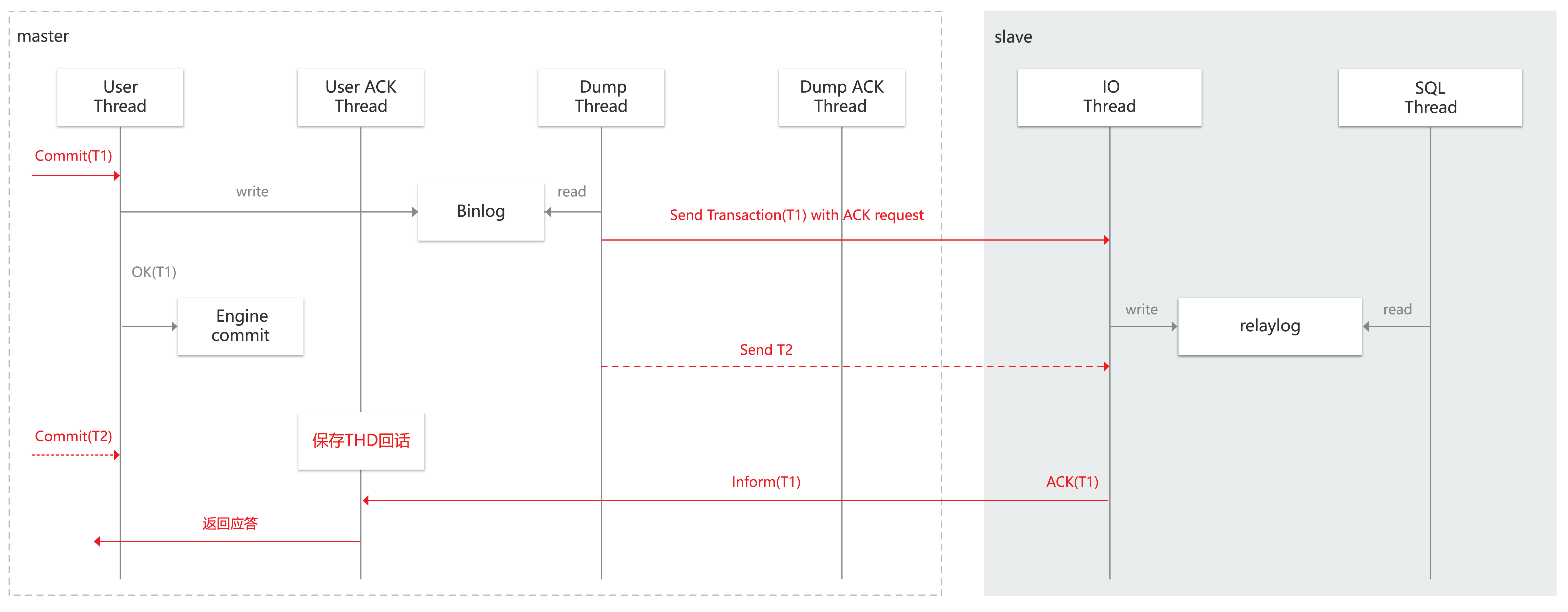强同步
最后更新时间:2024-01-06 12:18:32
背景
传统数据复制方式有如下三种:
异步复制:应用发起更新请求,主节点(Master) 完成相应操作后立即响应应用,Master 向从节点(Slave)异步复制数据。
强同步复制:应用发起更新请求,Master 完成操作后向 Slave 复制数据,Slave 接收到数据后向 Master 返回成功信息,Master 接到 Slave 的反馈后再应答给应用。Master 向 Slave 复制数据是同步进行的。
半同步复制:应用发起更新请求,Master 在执行完更新操作后立即向 Slave 复制数据,Slave 接收到数据并写到 relay log 中(无需执行) 后才向 Master 返回成功信息,Master 必须在接受到 Slave 的成功信息后再向应用程序返回响应。
存在问题
当 Master 或 Slave 不可用时,以上三种传统数据复制方式均有几率引起数据不一致。
数据库作为系统数据存储和服务的核心能力,其可用性要求非常高。在生产系统中,通常都需要用高可用方案来保证系统不间断运行,而数据同步技术是数据库高可用方案的基础。
解决方案
MAR 强同步复制方案是腾讯自主研发的基于 MySQL 协议的并行多线程强同步复制方案,只有当备机数据完全同步(日志)后,才由主机给予应用事务应答,保障数据正确安全。
原理示意图如下:


一致性的同步复制,保证节点间数据强一致性。
对业务层面完全透明,业务层面无需做读写分离或同步强化工作。
将串行同步线程异步化,引入线程池能力,大幅度提高性能。
支持集群架构。
支持自动成员控制,故障节点自动从集群中移除。
支持自动节点加入,无需人工干预。
每个节点都包含完整的数据副本,可以随时切换。
无需共享存储设备。
文档反馈

